Native Plants
Using native plants in public and private landscapes and gardens can help reduce the threat of invasive non-native species to the region’s biodiversity. The LEAP Native Plants of the Year campaign highlights native species that can make exceptional additions to area landscapes and gardens.
Native plants in the garden:
- Attract native wildlife
- Reduce soil erosion
- Require less fertilizer and watering
- Promote native regional biodiversity
- Thrive under natural conditions
- Connect people to nature
April is Ohio Native Plant Month
On October 17, 2019, Ohio House Bill 59 came into effect. This bill states:
The month of April is designated as ‘Ohio Native Plant Month’ to increase public awareness of Ohio’s native plants and the many benefits they provide to pollinators, Ohio’s economy, and the health of Ohio’s environment.
Landscaping with Native Plants
Need information about the best plants to use in your yard? Check out this informative document, Landscaping for Biodiversity with Ohio Native Plants: A Species Guide for Plantings, created by staff of Cleveland Metroparks.
Tree Selector Tool
For native tree species suggestions in our region, check out the Tree Selector tools developed by Cleveland Metroparks. A variety of resources provided can help users identify the best native tree for their planting project whether it is in your back yard or part of a reforestation effort.
Native Plant Nurseries
The Native Plant Nurseries Map will help users locate and select an appropriate native plant nursery for any planting project. Please contact Constance Hausman if you are a native plant nursery that would like to be added to the map. LEAP provides this information solely as a resource and not as an endorsement of any nursery.
Native Plants of the Year
2020
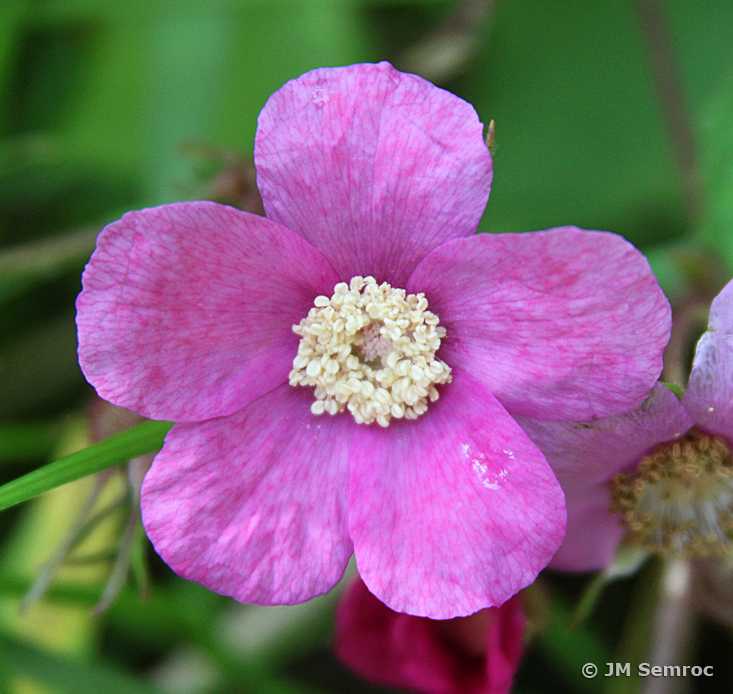
Purple-flowering Raspberry
(Rubus odoratus)
Its large, fragrant blooms attract pollinators, while the fruit is sought after by wildlife.
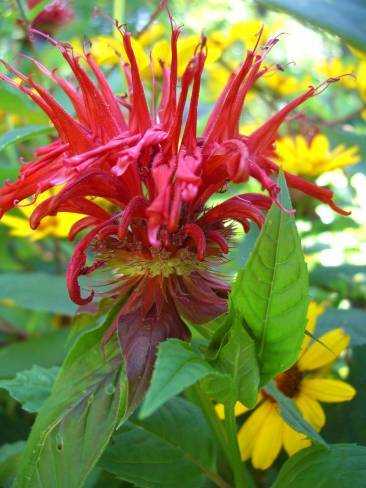
Scarlet Bee Balm
(Monarda didyma)
This perennial herb has tubular, two-lipped bright scarlet flowers resembling messy mop-heads and tolerates a wide range of conditions.
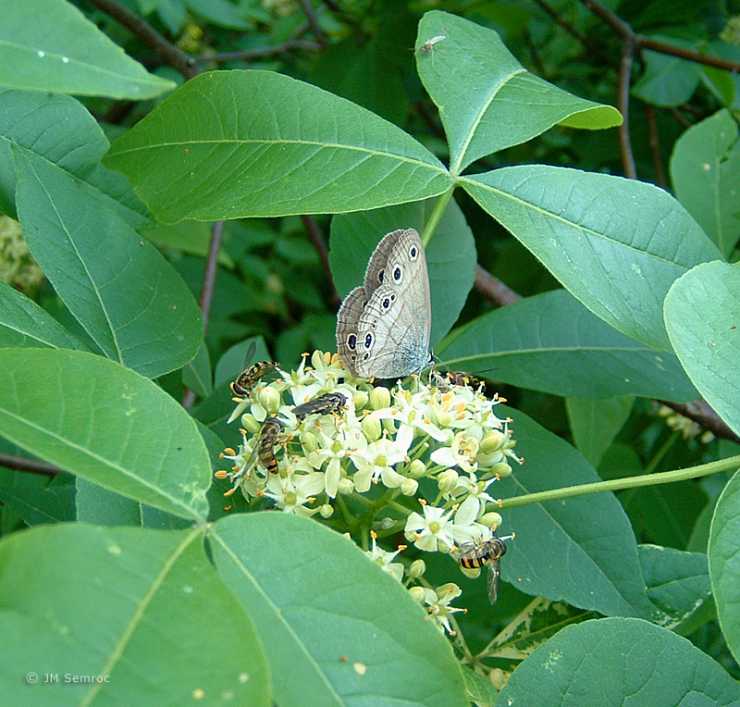
Wafer Ash
(Ptelea trifoliata)
This small, aromatic, and slow-growing tree has distinctive fruit with waferlike winged seeds.
2019
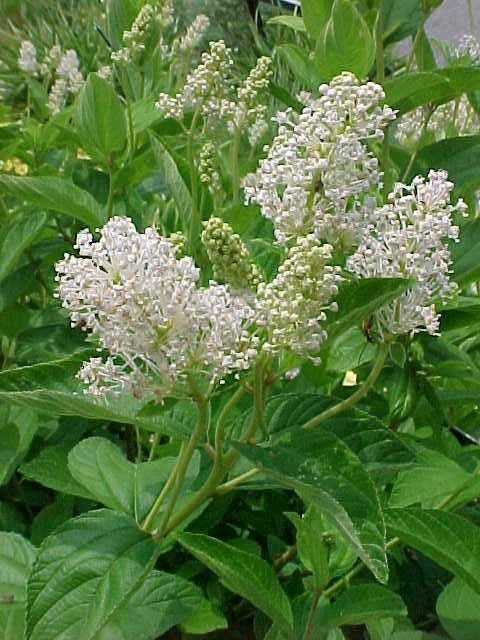
New Jersey Tea
(Ceanothus americanus)
This native shrub is excellent in attracting hummingbirds.
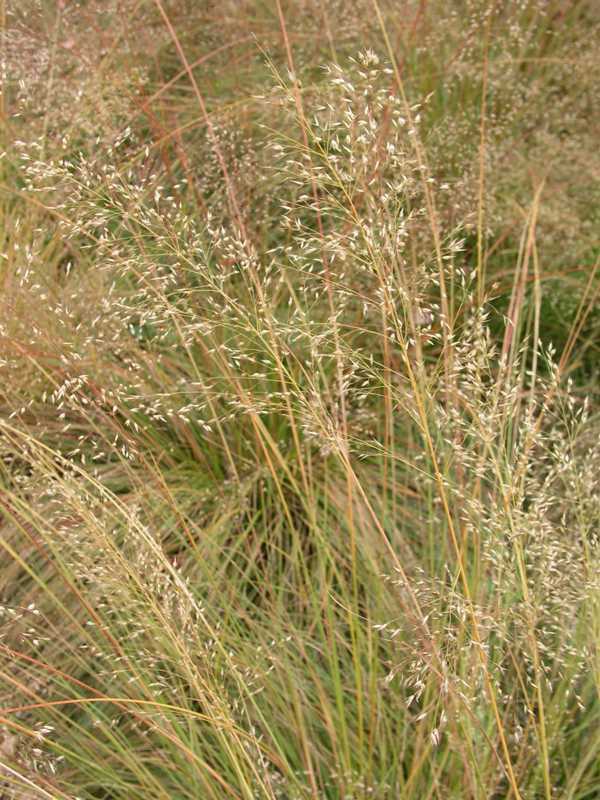
Prairie Dropseed
(Sporobolus heterolepis)
Adds tall, beautiful wisps of green to your garden.
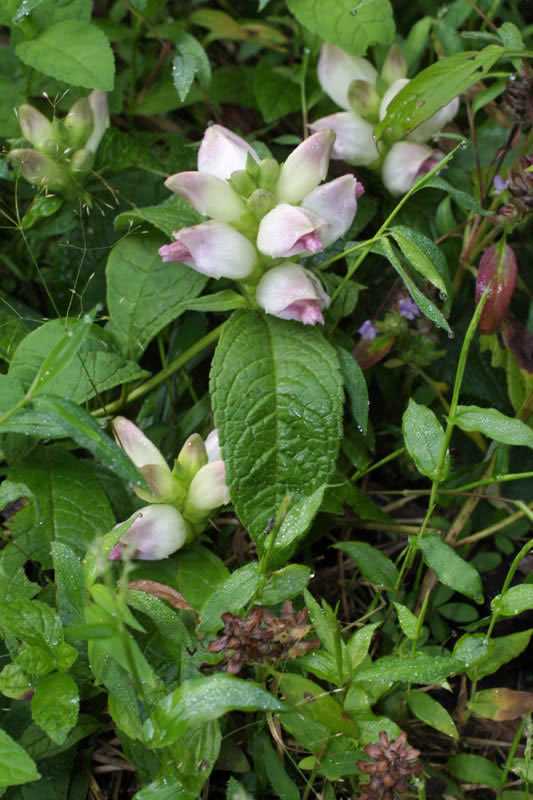
Turtlehead
(Chelone glabra)
Host plant for the Baltimore Checkerspot butterfly!
2018
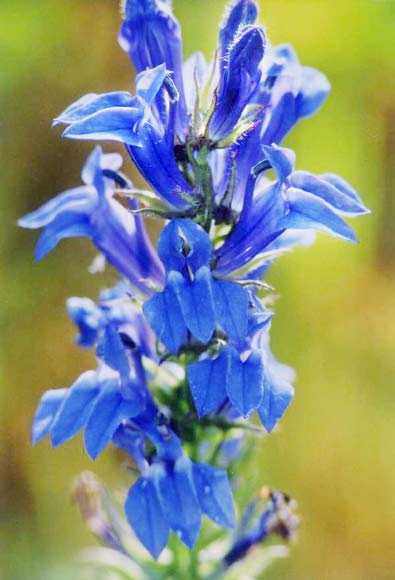
Great Blue Lobelia
(Lobelia siphilitica)
This clump-forming perennial provides late summer blooms in the garden.
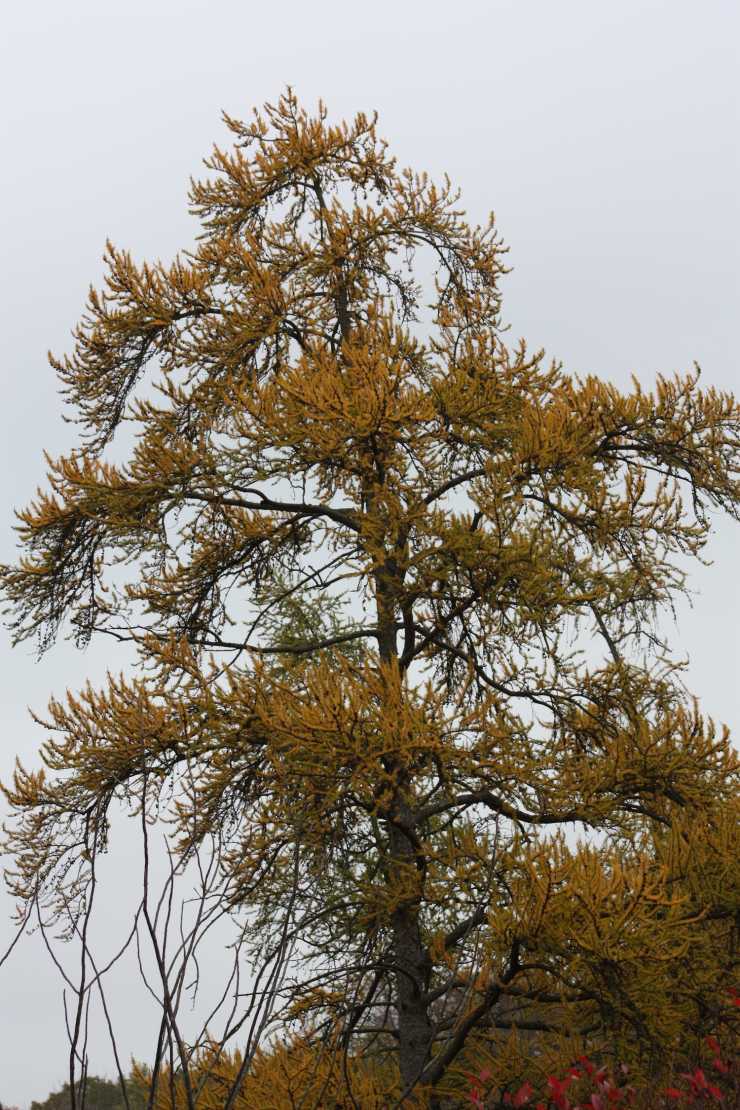
Tamarack
(Larix laricina)
This deciduous conifer prefers a cold climate and provides good fall color when its needles turn yellow.
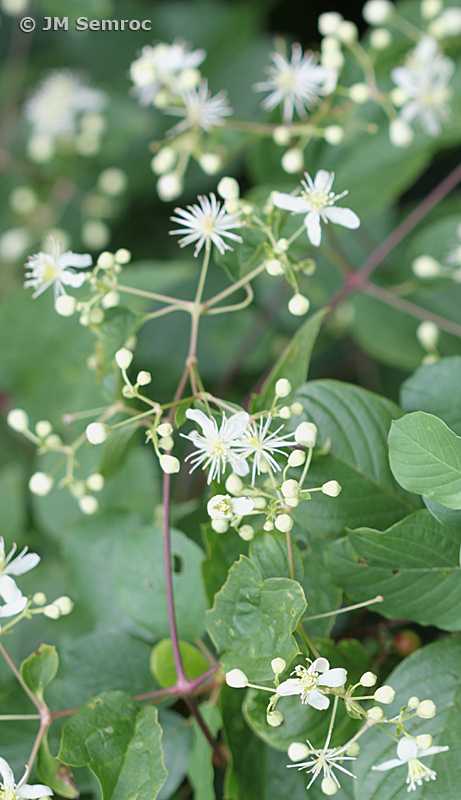
Virgin's Bower
(Clematis virginiana)
A vigorous vine with sweet, aromatic white flowers that bloom from August through October.
2017
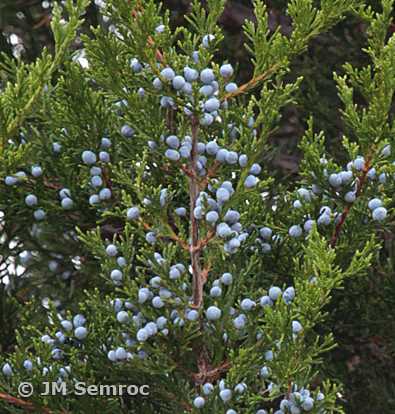
Eastern Red Cedar
(Juniperus virginiana)
A small evergreen tree that serves as an excellent windbreak and erosion control shrub. Thrives on dry soils in full sunlight. An aromatic tree with reddish wood.
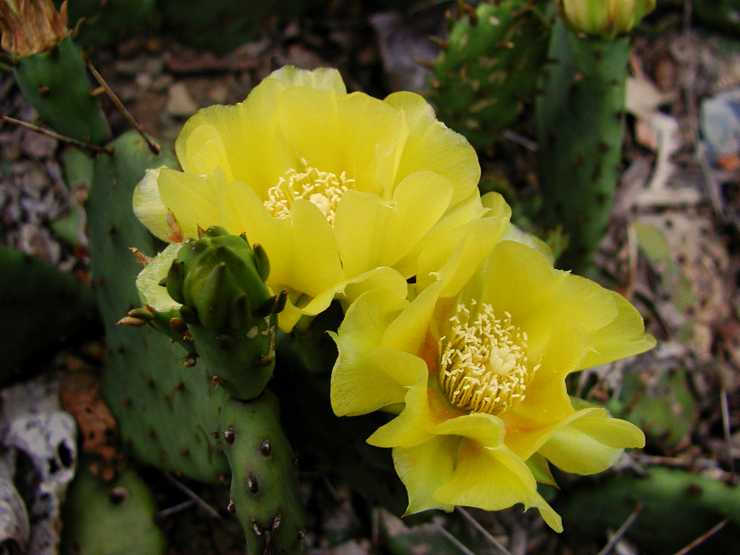
Prickly Pear
(Opuntia humifusa)
Prickly pear cactus spines are a deterrent to deer. Roots, stems, fruits, and seeds may be eaten by a variety of animals. Highly drought tolerant. Thrives in full sun in hot and dry environments and is also winter hardy.
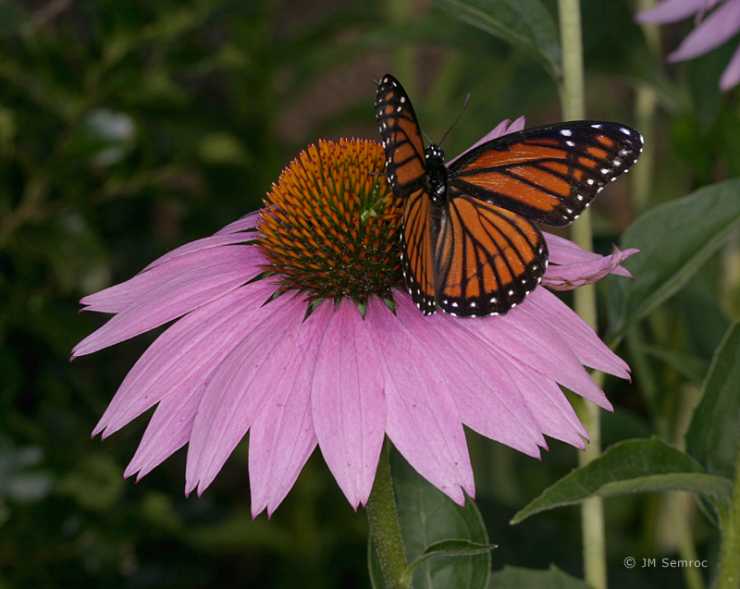
Purple Coneflower
(Echinacea purpurea)
A member of the sunflower family, this erect, long-lived perennial is often grown for its showy flowers. Goldfinch and other song birds are fond of its seeds in the fall. Pollinated by butterflies and bees.
2016
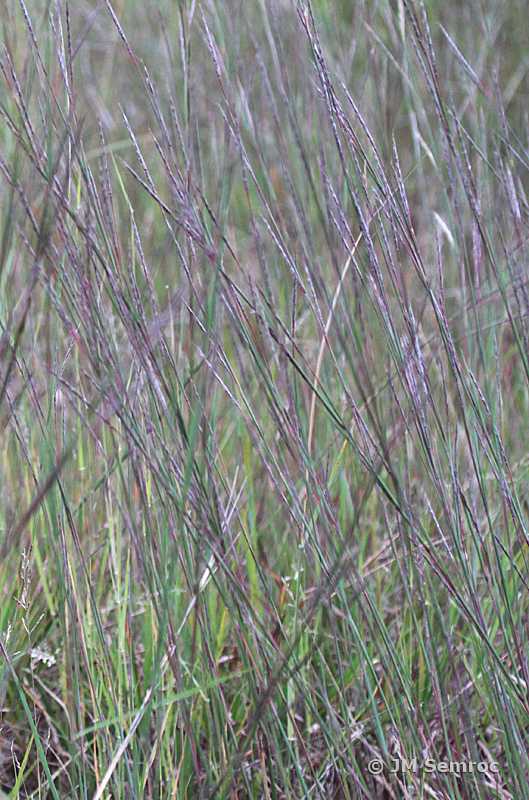
Little Bluestem
(Schizachyrium scoparium)
A colorful native prairie grass with striking blue-green foliage and pink overtones.

Spicebush
(Lindera benzoin)
Spicebush is a deer-resistant shrub with early-season nectar for butterflies and bright red berries for migratory birds.
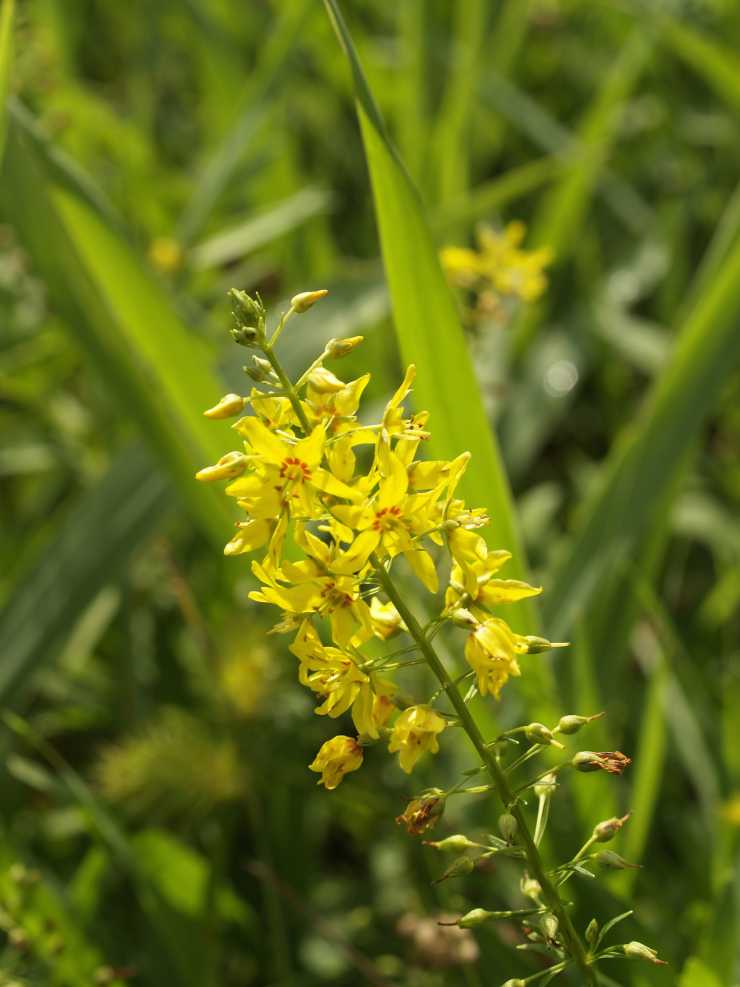
Swamp Candles
(Lysimachia terrestris)
This showy perennial blooms vivid yellow in mid-summer, adding color to rain gardens and wet areas.
2015
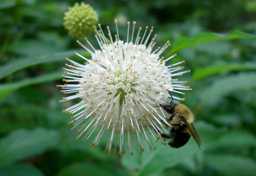
Buttonbush
(Cephalanthus occidentalis)
Grows well under diverse conditions and provides winter interest.
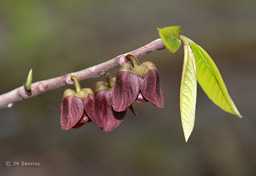
Pawpaw
(Asimina triloba)
Disease and pest resistant, rarely being browsed by deer.
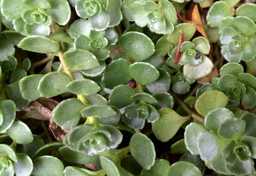
Woodland Stonecrop
(Sedum ternatum)
Best as a ground cover in shade gardens.
2014
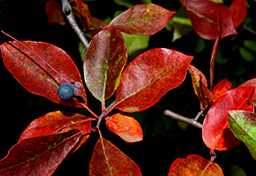
Black Gum
(Nyssa sylvatica)
Juicy fruit of the female tree is a treat to birds and mammals
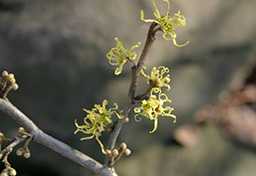
Common Witchhazel
(Hamamelis virginiana)
Seeds are ejected with a snapping sound.
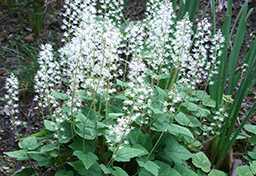
Foamflower
(Tiarella cordifolia)
Small white flowers bloom in mid-late spring.
2013
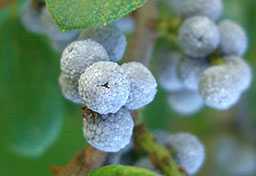
Northern Bayberry
(Morella pensylvanica)
Tolerates a wide range of soil and growing conditions
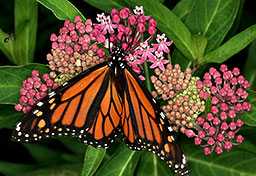
Swamp Milkweed
(Asclepias incarnata)
Important food source for Monarch butterflies
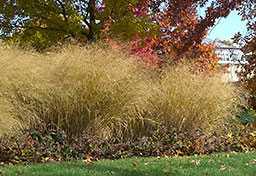
Switchgrass
(Panicum virgatum)
Provides excellent nesting and cover for birds.
2012
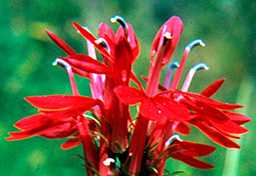
Cardinal Flower
(Lobelia cardinalis)
Attracts both butterflies and hummingbirds.
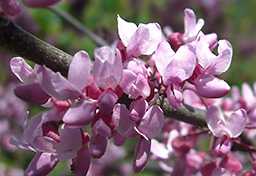
Eastern Redbud
(Cercis canadensis)
Seeds are eaten by many birds and squirrels.
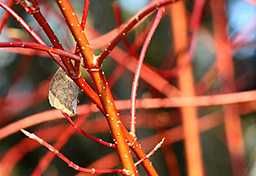
Redosier Dogwood
(Cornus sericea)
Great plant for spring pollinators.
2011
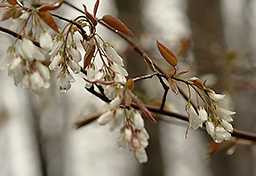
Allegheny Serviceberry
(Amelanchier laevis)
Sweet berries in June attract many species of birds.
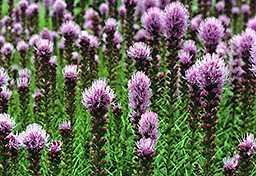
Blazing Star
(Liatris spicata)
Long-lasting blooms attract butterflies.
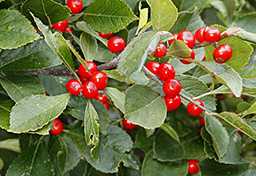
Common Winterberry
(Ilex verticillata)
Bright red berries attract birds late into winter.